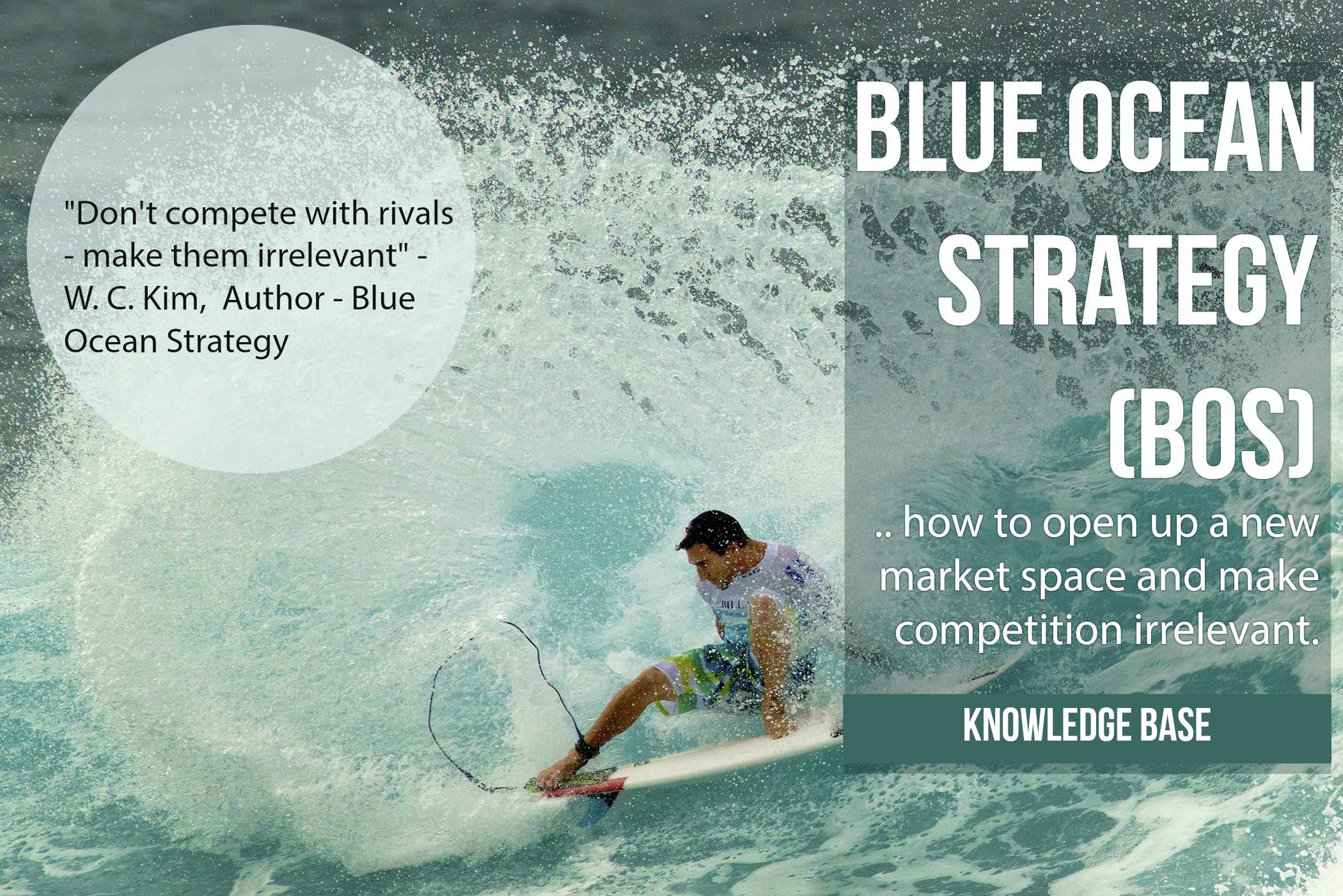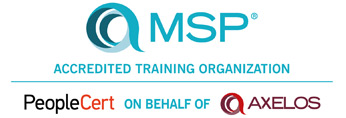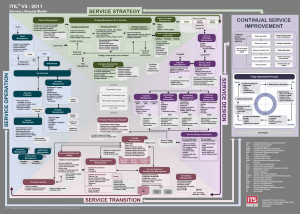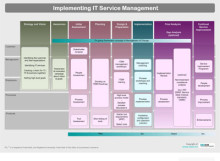
Blue ocean strategy – knowledge base
Find lots of useful Blue Ocean Strategy resources ( posters, infographics, guides, webinars…)
Blue ocean strategy…or how to make competition irrelevant.
- Red Ocean is a metaphor for the bloody and merciless competition in the same market space. The business world today is regulated mainly by the principles and logic of the red ocean based on the competition in the known market place.
- Blue Ocean is a metaphor for an entirely different reflection on the strategies and ways of managing business. The new approach is based on the detection of undisputed and unquestionable market space where competition is losing importance as it becomes irrelevant. Though some blue oceans are created well beyond existing boundaries of industries, most of them have expanded the current boundaries of industries within the red ocean ( e.g. Cirque du Soleil ). In blue oceans, competition is secondary because the rules of the game have yet to be set.
See a past century!
Question: How many of today’s industries were then unknown?
Answer: For many basic industries, such as automotive, music, aviation, petrochemical, health care, consulting in management – were unknown or just started to develop.
See thirty years ago!
Question: How many of today’s industries were then unknown? Again, plenty of billions of dollars worth industries – mutual funds, cell phones, gas plants, biotechnology, discount retail, , microwaves, snowboards (snowboards), cafes and home video, etc. Just three decades earlier, none of these industries substantially existed.
“See the Future” twenty years in advance!
Question: How much now unknown industries will then very likely exist?
Answer: Many industries… blue oceans never stop emerging.
- Red Ocean Strategy: Strategy deriving competition interests aim to outperform the competition in the existing market of limited demand and a huge offer of similar value. The insignificant improvements, arising from the results of market research, market segmentation and differences in preferences of existing consumers and customers, research best practices of competitors and similar approaches, aims to increase its market share in order to ensure further growth and earnings. Mimicking the successful business practices among competitors often and very quickly.
- Blue Ocean Strategy, on contrary, presumes that it is important for the success of the business to remove your attention from what do competitors do and focus on innovation, values that create new market space that is unquestionable. Rising customer value, makes the competition secondary for success of the business. To achieve this, we must focus on the reconstruction of the existing boundaries of the market, industry and demand. Instead of market research of existing consumers and customers, blue ocean strategists focus on those who do not buy the value of the current offer on the market. In doing so, they want to know what these non-customers/ non-customers have in common. As the blue ocean strategy is based on value innovation, it also contains important cognitive and operational constraints for possible copying by others, therefore providing companies with ten or more years of relative peace in regards to potential competitors. Some examples are Cirque du Soleil, Southwest Airlines, CNN, Federal Express, etc ..




